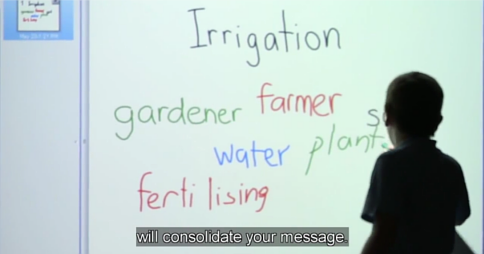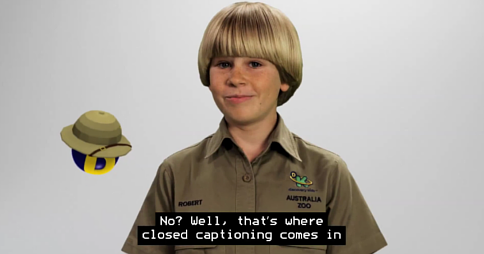Teacher
Captions: essential for learning
This downloadable brochure is available for teachers, librarians and teachers of the Deaf to use and share, explaining how captions provide literacy, learning and accessibility benefits for all students. Available information includes:
Top of page
Several hundred million reasons captions boost literacy
Including captioning for excursions
How does captioning help with inclusive education?
Parents support captions in the classroom

While the focus of the organisation is on supporting families, it often works with schools and classroom teachers to ensure they are aware of the needs of deaf children in the classroom.
Top of page
Captioned video and transcripts – ideal access and teaching combination
Five key captioning roles for specialist educators

Five key roles you can play are:
1. Broadening the reach of access services to others
Top of page
Using captions to teach skills and concepts
Considering that captions are really just words used in a particular way to provide access and meaning, it challenges us as educators to ponder how we can use the opportunity these words provide. The written word has been used to teach concepts for thousands of years, so let’s look at words in the context of access. The use of captioned video ‘turns a light on’ to expose the hidden treasure – information – which lies within the video. Further learning for all students can be facilitated by releasing that knowledge in a variety of forms.
Top of page







